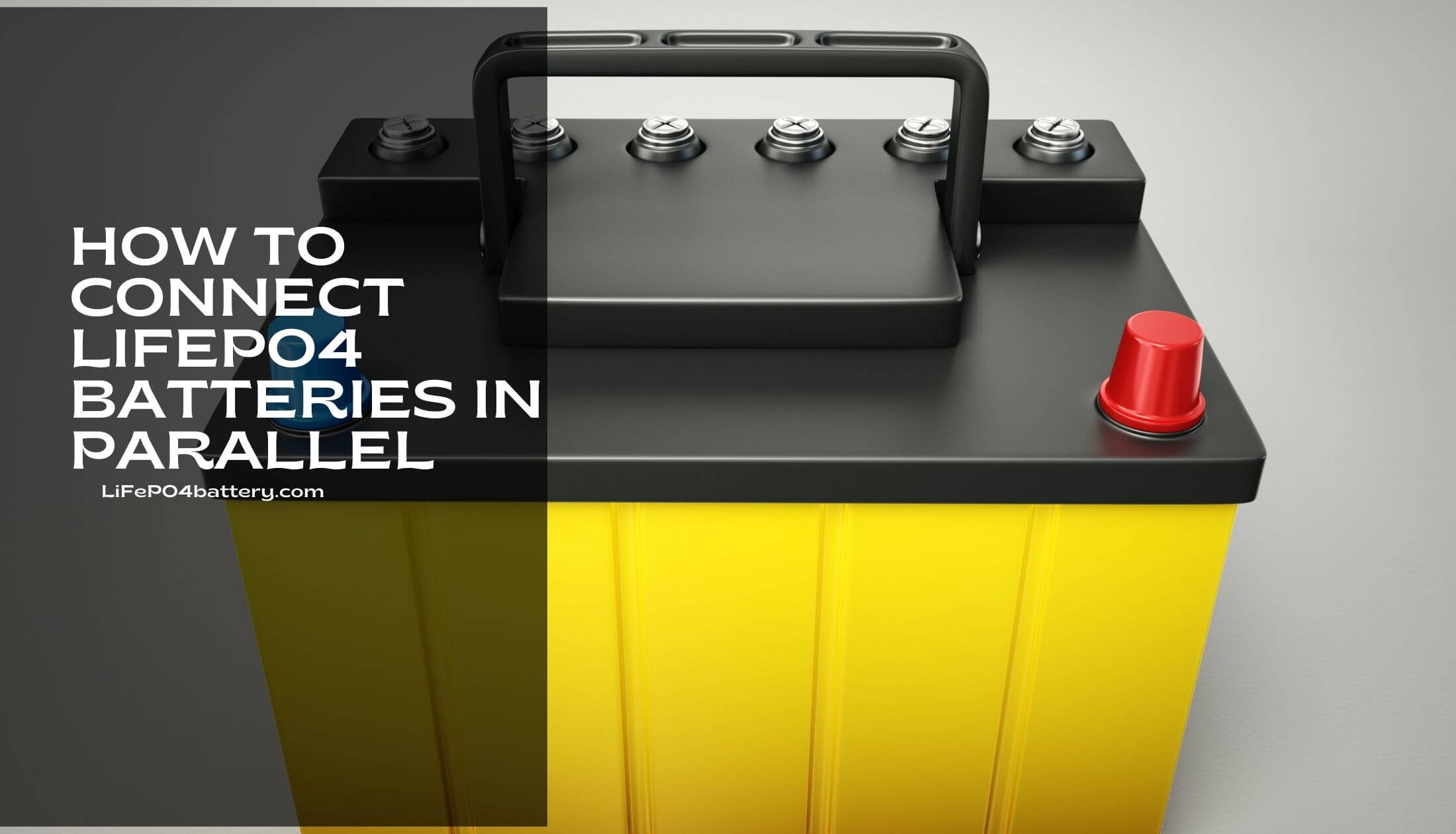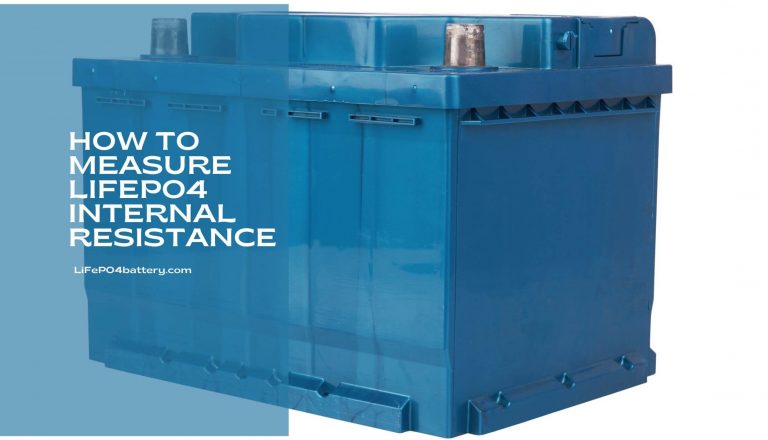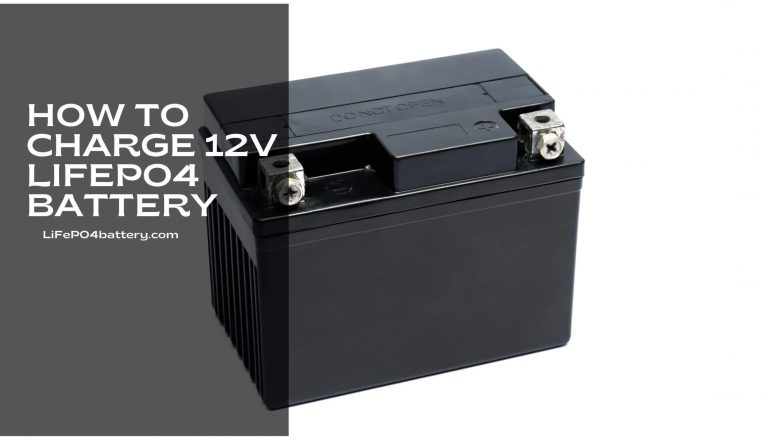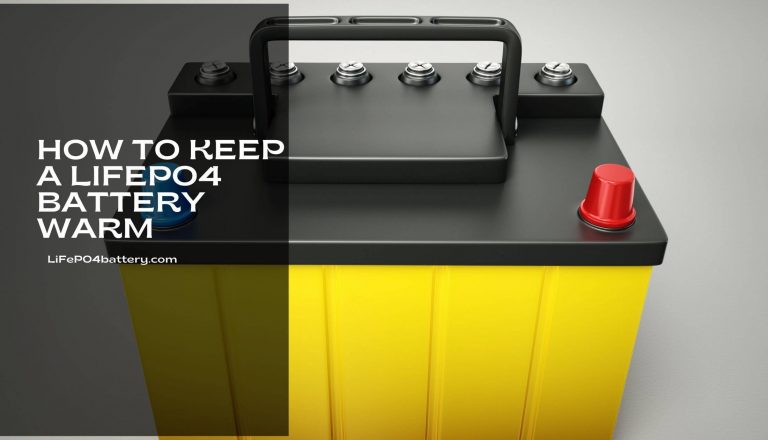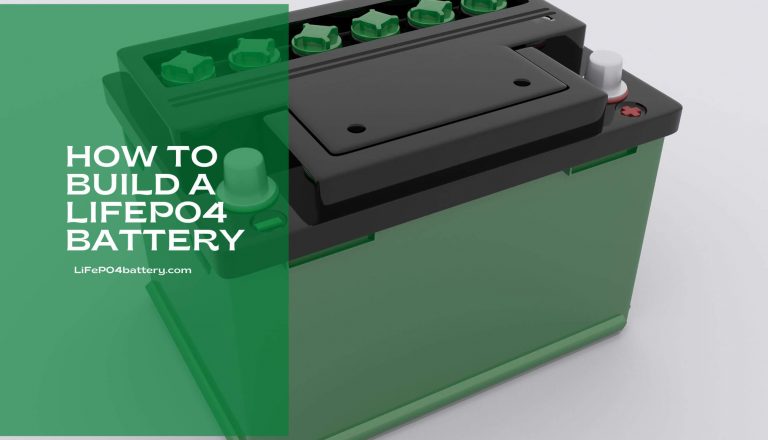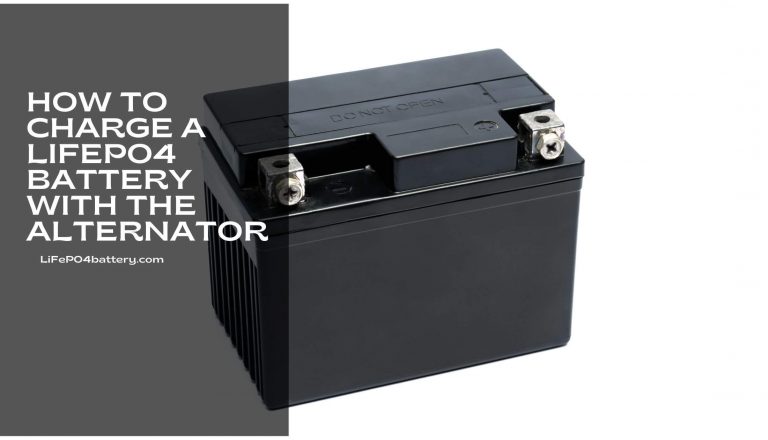How To Connect LiFepo4 Batteries in Parallel
Lithium-ion batteries are becoming more and more popular. They are used in applications from consumer electronics to electric cars. They are a very different technology from a lead-acid or nickel-metal hydride battery and tend to have a higher voltage. This changes the way you need to connect the battery cells. In this blog, I’ll look at How To Connect LiFepo4 Batteries in Parallel to get the highest voltage possible.
Batteries are a necessary component for any electronic device. If you’re interested in learning how to connect LiFepo4 batteries in parallel, the article will teach you how to do so. You’ll also get some helpful tips on how to properly charge your batteries!
How To Connect LiFepo4 Batteries in Parallel
Connecting Lithium Iron Phosphate (LiFePO4) batteries in parallel is the best way to not only double your battery capacity, but also double the battery capacity of your RC car, plane, quadcopter, or drone. But how do you connect LiFePO4 batteries in parallel? It’s actually very simple. All you need to do is connect the balance leads from the packs together in parallel. The simplest way to do this is to connect the balance leads from each of the packs to each other using a wire, for example, and then connect all of the positive leads from the packs together in parallel and connect all of the negative leads from the packs together in parallel.
Parallel connection of LiFePO4 batteries is a great way to increase the battery capacity. However, there is one requirement that must be met in order to connect them in parallel. The voltage of each cell should not exceed 3V when connected in parallel. Otherwise, the cells will short circuit and cause an explosion. If a user wants to connect two batteries in parallel, they should set the voltage between 3V and 9V for each cell.
What is the best way to connect LiFePO4 with parallel?
LiFePO4 (Lithium Iron Phosphate) batteries work best when they are charged in a constant voltage and constant current charge cycle. That means that the voltage across the lithium iron phosphate battery remains the same while the current flowing into the battery changes. The optimal charging method for LiFePO4 batteries is a constant voltage and constant current charge cycle. If you are using a charger that doesn’t have a CC mode, then you will have to charge the lithium iron phosphate batteries in a CC/CV charging cycle.
If you are charging a lithium iron phosphate battery with a battery charger that does have a CC mode, then you should charge in CC mode. The best way to parallel LiFePO4 batteries is to make sure that:
- The batteries are the same capacity and discharge rate rating.
- The batteries have the same voltage.
- The batteries have nothing in common. Meaning: they were harvested from different packs, different manufacturers, they were not harvested in the same month, etc
Common Reasons for Connecting lifepo4 Batteries in Parallel
Connecting LiFePO4 batteries in parallel is a good way to achieve a high voltage, but it is not always a good idea. Here are some common reasons why LiFePO4 batteries should be connected in parallel:
More capacity: Connecting LiFePO4 batteries in parallel can increase the total amp-hours of the battery. This is extremely useful when using the battery to supply a genuine power requirement.
Less total amp-hours: Connecting the LiFePO4 battery in parallel can also lower the total amp-hours. This is useful if you need less capacity, but don’t want to lower the voltage. For example, a 36V battery with a capacity of 40 amp-hours might be used to power a 12V light, so it would be more useful to have two 18V batteries with a capacity of 36 amp-hours than a single 36V battery with a capacity of 40 amp-hours.
Why is it Useful to Connect LiFepo4 Batteries in Parallel?
LiFePO4 (Lithium Iron Phosphate) batteries are becoming more popular and for good reasons. They have a higher energy density than other Li-Ion batteries and their discharge rate is safer than other Li-ion batteries. With that being said, when you buy a LiFePO4 Battery, you are getting a battery pack and not just a single LiFePO4 Battery. Depending on the capacity of the battery, it will have several LiFePO4 cells inside.
Therefore, if you want to connect two or more of these battery packs in parallel, it might not be as easy as it sounds. This is because when you connect two or more batteries in parallel, you have to make sure the voltage is equal on all the batteries and that the battery packs have a similar capacity. Otherwise, if the voltage difference is too high, the LiFePO4 Cells will not stay in balance and they might create an issue that you don’t want to deal with.
Conclusion:
In this blog post, we discussed how to connect LiFepo4 batteries in parallel to increase capacity and decrease discharge rate. We hope that we have been able to help you better understand LiFepo4 batteries and how they work. If you have any further questions regarding LiFepo4 batteries, please do not hesitate to contact us at ___.

